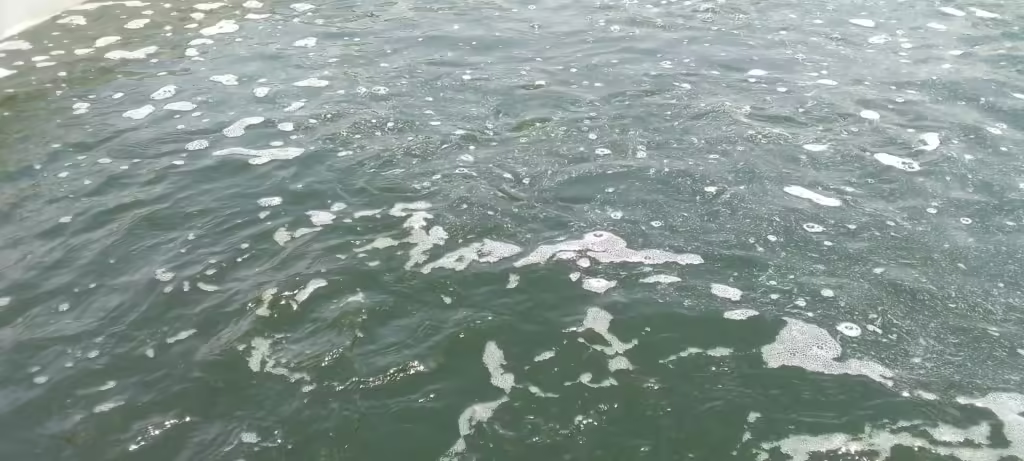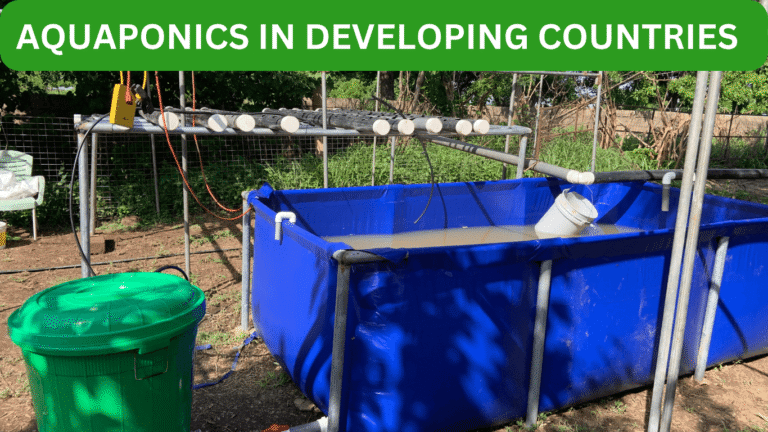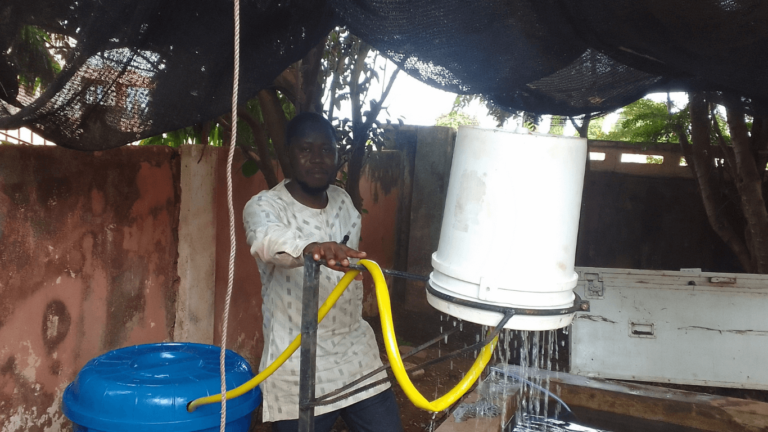The ideal water level in a fish pond is a critical factor that directly affects the health and well-being of your fish. But what is the best water level in a pond? Many fish farmers struggle to get this right.
In this blog post, we will explore the key factors that determine the appropriate water level and why it plays such an important role in fish farming success.
Why Water Levels Matter
When visiting various fish farms, I have often observed farmers maintaining a minimal water level in their ponds, allowing the fish to be easily visible at the bottom. When asked why, the common reasons provided are the desire to save water or the belief that shallow water offers more oxygen. Surprisingly, the latter is a misconception—keeping water at minimal levels can actually reduce oxygen levels in the pond.
So, what is the best water level in a pond? Both extremes—keeping water too high or too low—have their pros and cons. However, the ideal water level should be balanced, filling the pond just below its full capacity. Let’s dive into the reasons why this balance is crucial.

A fish pond full of water: The Ideal water level in a pond
Benefits of Maintaining a Proper Water Level
1. Space for Fish to Move Comfortably
Imagine being confined to a small room where you can’t stand upright or move freely. The discomfort and stress would be unbearable. The same logic applies to fish. When you keep water levels too low, fish have less space to swim, which can increase stress levels, leading to higher rates of cannibalism among them. Stressful conditions in ponds can also lead to decreased growth rates and higher mortality.
What is the best water level in a pond to prevent these issues? Ensure your fish have enough water depth to swim freely, reducing stress and providing ample space to spread out and thrive.
2. Regulation of Temperature Fluctuations
Fish are sensitive to environmental changes, especially temperature. When water levels are too low, the pond heats up or cools down more rapidly, causing discomfort for the fish. For example, during hot afternoons, fish often seek deeper water to escape the heat. In cooler weather, they tend to swim closer to the surface.
A shallow pond doesn’t offer the flexibility for fish to adjust to these temperature changes. By maintaining the water at a higher level, you create a more stable environment that minimizes sudden temperature shifts.
So, what is the best water level in a pond for temperature regulation? Keep the pond filled to about 90% of its capacity, leaving just enough space to prevent overflowing during heavy rains or splashing from fish activity.
3. Reduction of Waste Concentration
Shallow water can cause the pond to become dirty more quickly. Waste from fish—such as feces and uneaten feed—can accumulate and make the water murky in just a few days. This not only creates an unhealthy environment but also demands frequent water changes, which can be time-consuming and costly.
By maintaining the proper water level, the volume of water helps to dilute the concentration of waste, keeping the pond cleaner for a longer period. A cleaner pond also ensures healthier fish, as toxic waste buildup can result in disease outbreaks.
4. Improved Aeration
One of the most important factors for fish survival is the availability of oxygen in the water. Proper aeration, either natural or mechanical, helps to provide sufficient oxygen. When the water level is too low, it hinders effective oxygenation. For example, if you’re using a submersible aerator pump, it needs to be fully submerged to function correctly. Low water levels may expose the pump, leading to malfunction or damage.
Natural aeration also relies on wind and surface movement to oxygenate the water. A fuller pond maximizes surface area, enhancing natural aeration. Therefore, what is the best water level in a pond for optimal aeration? The answer is to keep the water as close to full capacity as possible, ensuring that mechanical or natural aeration can function effectively.
Consequences of Insufficient Water Levels
1. Increased Stress and Mortality
Low water levels can have a direct impact on fish health. A personal experience I encountered serves as a cautionary tale: While harvesting fish from a pond, I lowered the water level to ease the process. After a few days, I noticed that the fish were struggling and, upon further inspection, discovered that the water had become too hot. This sudden temperature change caused stress, and we ended up losing some fish despite our efforts to restore the water level.
This incident clearly demonstrates how insufficient water can make fish more vulnerable to environmental fluctuations, leading to unnecessary stress and even death.
2. Limited Oxygen Supply
As mentioned earlier, low water levels reduce the amount of dissolved oxygen available in the pond. Fish need oxygen to survive, and when oxygen levels are depleted, it can result in mass mortality. By keeping the water at the appropriate depth, you ensure that your fish have a stable and sufficient oxygen supply.
3. Frequent Cleaning Requirements
When water is minimal, waste buildup occurs more quickly. As a result, you will need to clean the pond or change the water more frequently, which adds to your workload and increases the overall cost of maintaining the pond.
Situations Where Minimal Water Levels Are Beneficial
While maintaining an optimal water level is generally best for fish health, there are a few specific situations where keeping the water at a minimal level can be advantageous:
1. Harvesting Fish
During the harvesting process, draining the water to a minimal level makes it easier to catch the fish. The reduced water volume limits their movement, allowing you to corner and collect them efficiently.
2. Sorting or Grading Fish
When sorting fish by size or grading them, it’s helpful to reduce the water level. This gives you better visibility and access to the fish, making the sorting process quicker and more efficient.
Check out this post on how to sort your fish.
3. Administering Treatments
If your fish require medication—such as salt, antibiotics, or other treatments—a lower water level allows for more concentrated dosing. This ensures the treatment is evenly distributed throughout the pond and reaches all the fish effectively.
You may check out this video on the topic
Conclusion: What is the Best Water Level in a Pond?
In conclusion, the best water level in a pond is one that strikes the right balance—allowing enough depth for fish to swim freely, providing adequate space for temperature regulation, reducing waste buildup, and enhancing oxygen levels. Maintaining water at roughly 90% of the pond’s capacity is the sweet spot for optimal fish health and growth.
While there are times when you may need to lower the water level, such as during harvesting or administering treatments, keeping the water high should be the general rule of thumb.
Remember, your fish deserve the best possible living conditions. Proper water management is a key part of successful fish farming. So, next time you’re managing your pond, ask yourself: What is the best water level in a pond? Your answer will determine the well-being and productivity of your fish.
Read this post on Comprehensive Step-by-Step Guide To Fish Farming from Start-up to Harvest




